How to Scrape Data from Web Pages for Sentiment Analysis?
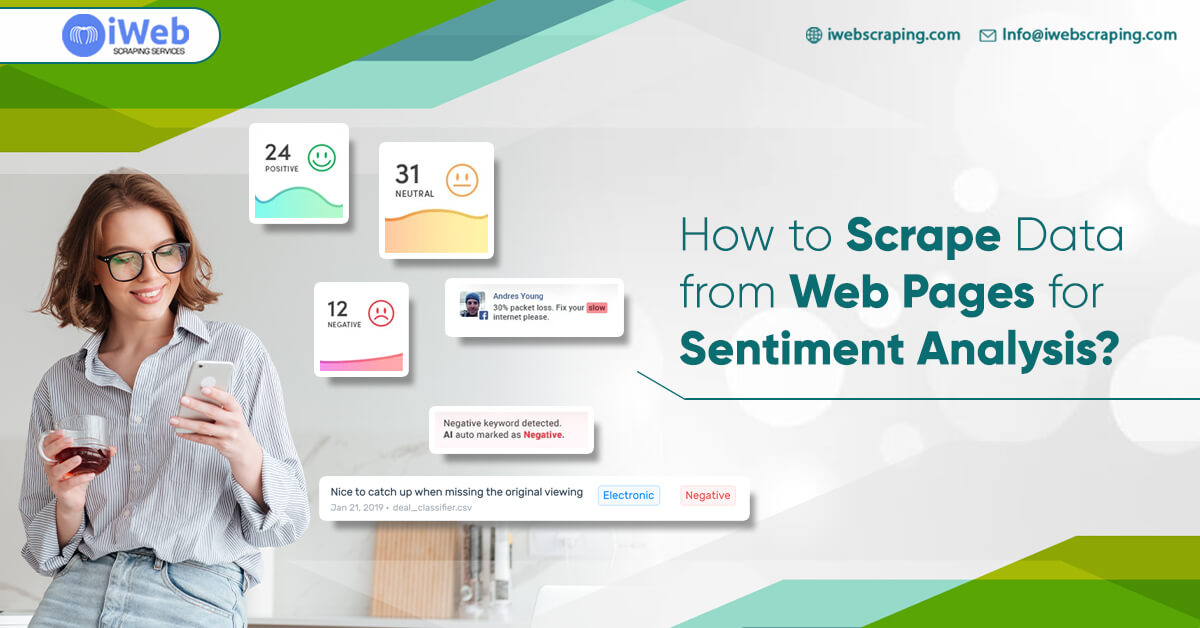
Sentiment analysis is the process of gathering, classifying, and analyzing text using natural language processing (NLP) and computation language approaches. This type of research aids businesses in greater understanding how customers react to specific brands and items. Positive, negative, and neutral human expressions are all classed as such. In general, businesses try to figure out whether a customer's reaction is good or negative. As a result, it's simpler to grasp sentiment analysis if the imprecise or neutral language is removed from the study and the polarity between positive and negative language is stressed. After instance, it's easier for a large corporation like Google to modify marketing strategies if there's widespread agreement on what services is accessible.
Market analysts can use sentiment analysis to determine where there is space for growth inside a company. For example, depending on the data gathered, a corporation can discover that customers like their customer service but are dissatisfied with the product quality. Posting a comment or rating, thanks to modern technology, is a simple and quick activity on the part of the consumer. One of the primary benefits of sentiment analysis is that it streamlines the process of collecting all accessible comments. Businesses may then filter out unnecessary material and get to the essence of what customers want by automating the process.
How Does Sentiment Analysis Work?
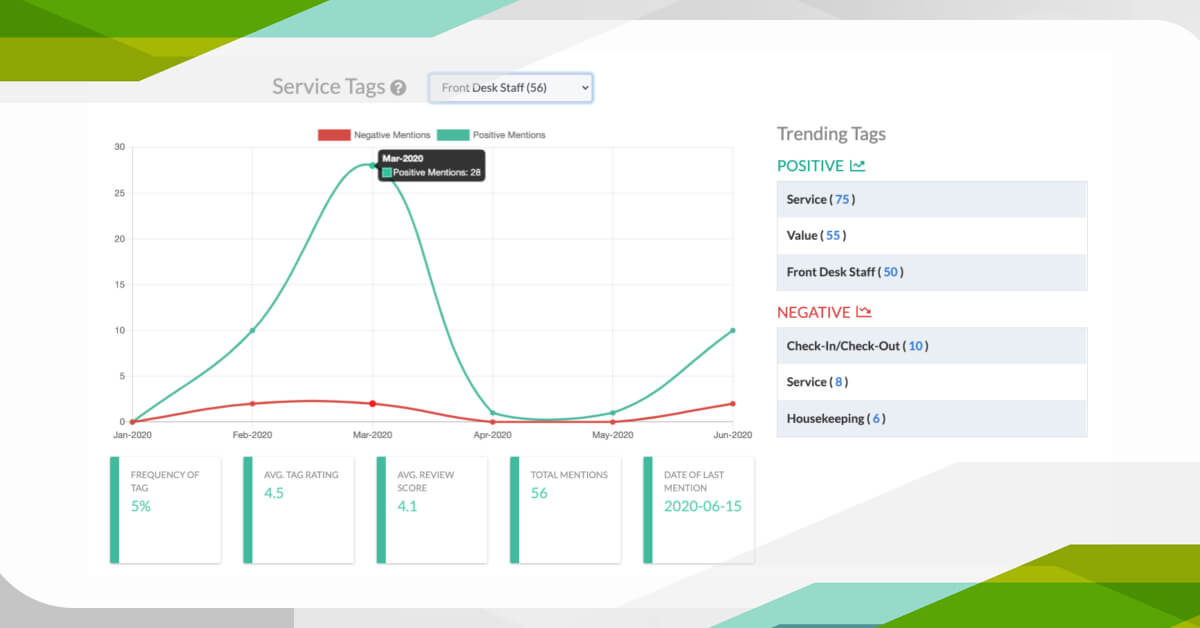
There are a number of different approaches to sentiment analysis. These methods are based on NLP. Statistical, experience and understanding, and hybrid methods are the three basic types. We'll see that each strategy has potential as we look into it more.
Statistical Method
The name contains the entire definition. This form of analysis analyzes the text using statistical or machine learning approaches. This method employs classifications, which entails running the text through a feature extractor and then transforming it into extracted features. The feature vectors are interpreted by an algorithm, which generates positive, negative, and neutral predictions.
The name contains the entire definition. This form of analysis analyzes the text using statistical or machine learning approaches. This method employs classifications, which entails running the text through a feature extractor and then transforming it into extracted features. The feature vectors are interpreted by an algorithm, which generates positive, negative, and neutral predictions.
The text must first be converted. The "bag-of-words" method is a popular way to change the text. BoW takes into account two factors: vocabulary and the existence of often used words. Any of the known words that appear in the document constitutes pertinent information. It's assumed that if papers have a lot of similar phrases, there's something useful to be learned from them.
A feature extraction dubbed "word vectors," in addition to BoW, provides a new means of discovering similar words and ensuring that they have similar representation. After the text has been changed, a special algorithm is used to classify it. In a summary, the statistical approach is a computer-assisted method of locating features in a text.
Knowledge-Based
A human element is included in a knowledge-based approach. Words are often divided into two groups in this method: positive and negative. Following the formation of the lists, the specific words inside the content that fall into such two groups are counted. The result is simple: if a document has more positive terms than negative words, it is labelled as positive. The content is regarded as negative if there are other negative words.
This system is simpler than the above-mentioned complicated statistical procedure. However, complexity does not always imply superiority. When translating already-complicated emotional responses, some companies may prefer to follow a simpler set of criteria.
Hybrid Method
The hybrid approach, as you might have figured, is a blend of the two strategies outlined above. This strategy frequently gives the most accurate findings since it combines the best of what statistical and knowledge-based methods have to offer.
Which are Different Sentiment Analysis Models?
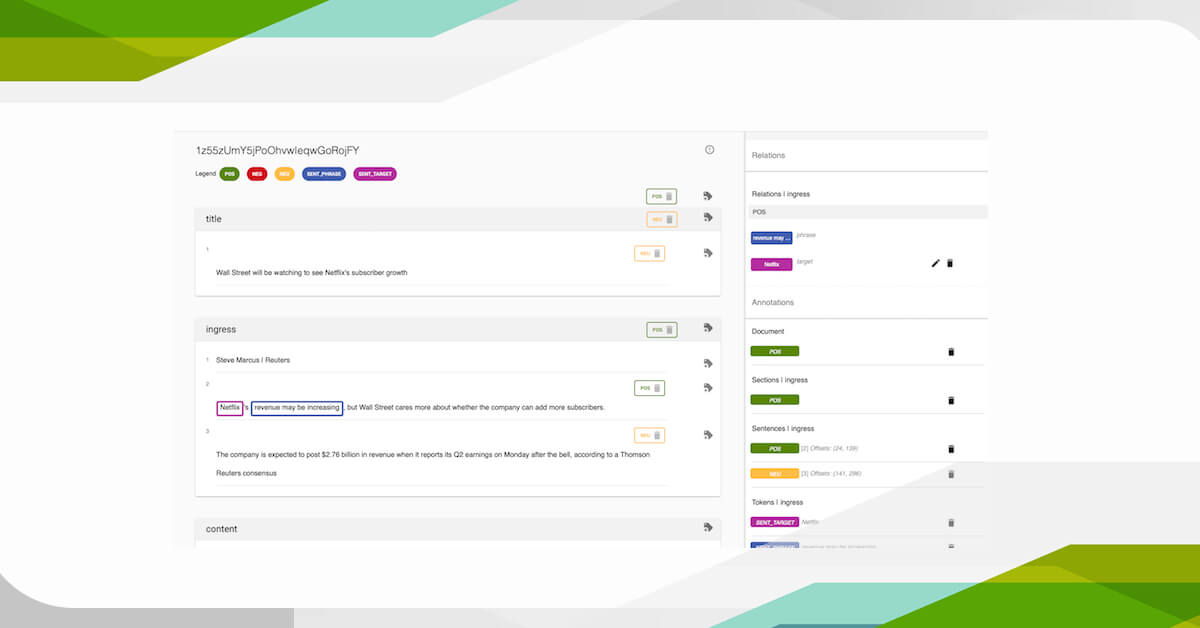
While there are other alternative analysis models, you would focus on two key models for our purposes: coarse-grained sentiment analysis and perfectly alright sentiment analysis.
Coarse-Grained
Get rid of the idea that coarse refers to a rough, bristly thing. Coarse analysis is used in this example to search complete papers, comments, or sentences. A broad lens is used in this type of investigation. Subjectivity categorization and sentiment recognition can be used to accomplish coarse-grained analysis.
The subjective or objective nature of a statement or document is determined by its subjectivity categorization. The term "subjective" refers to expressing an opinion or sentiment about a subject. "Golden retrievers are my favorite dogs," for example, would be an example. I prefer them to any other breed," but it is a personal preference. On the other hand, if I were to take a more objective perspective, I'd say something like, "golden retrievers are a popular dog breed." The second phrase is more truth than emotional. Personally, I wouldn't ever dare to be impartial about dogs, but that would not require a coarse-grained model.
Sentiment recognition helps us to determine whether or not a sentence is emotional, as well as whether the feeling is positive, negative, or neutral. We've been doing this for a long time and have a lot of experience with it.
Fine-Grained
A perfectly alright model breaks down words into separate components of speech and delves into the actual meaning of the emotions within those phrases. You can see who is saying what about whatever item using fine-grained analysis. Different product aspects are more easily identifiable, allowing them to be fixed or replicated. Let's say you write a review for an Apple product on the company's website. Fine-grained analysis can help you figure out the item you're writing about and which element of it you like or dislike.
Top Reasons for Online Sentiment Analysis
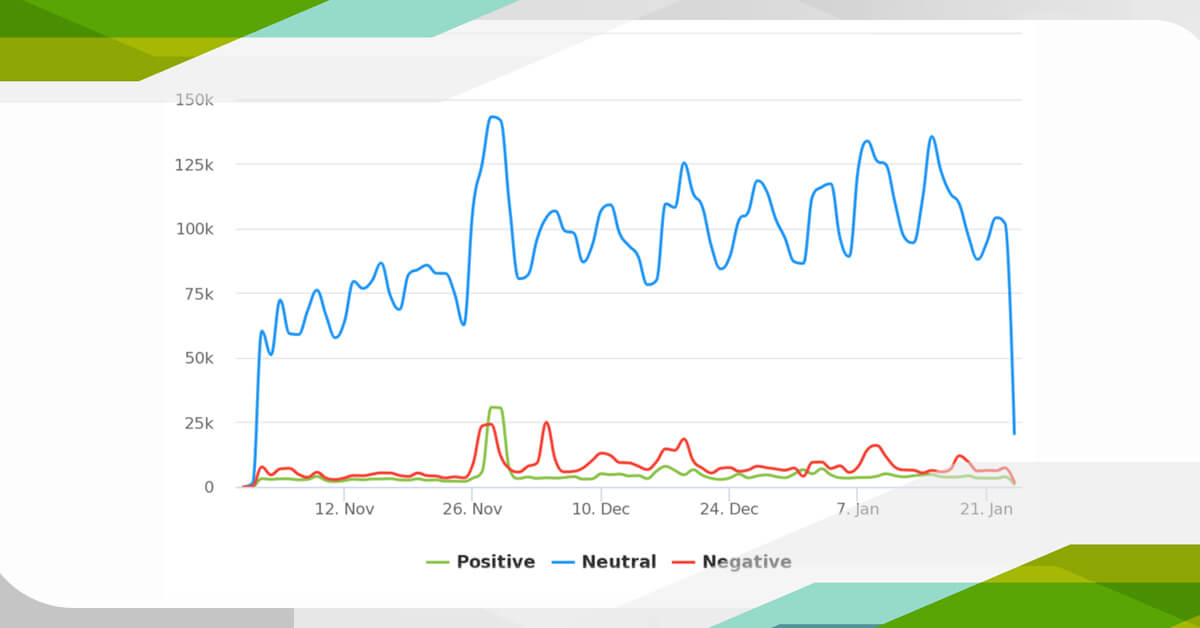
We're ready to move on to the application step after that high-level understanding of sentiment analysis. We've covered a few explanations why businesses might turn to sentiment analysis for help, but now it's time to get down to business.
For Consumer Response
Gaining understanding of what customers feel regarding your services, a specific product, or your business as a whole is critical to your firm's success. Sentiment analysis accurately translates a customer's feelings, resulting in a more efficient marketing, public relations, and product development process.
For Website Analysis
Online sentiment analysis allows you to keep track of what people are saying about your company and the sites where your products are sold. Your company will be best prepared for reliable market research and less likely to be shocked by poor product evaluations if you keep an eye on online activity. In addition, there is a lot of sentiment research analysis on social media. Monitoring hits, likes, and comments may keep you up to date on the newest reactions to your business.
How to Stay Competitive?
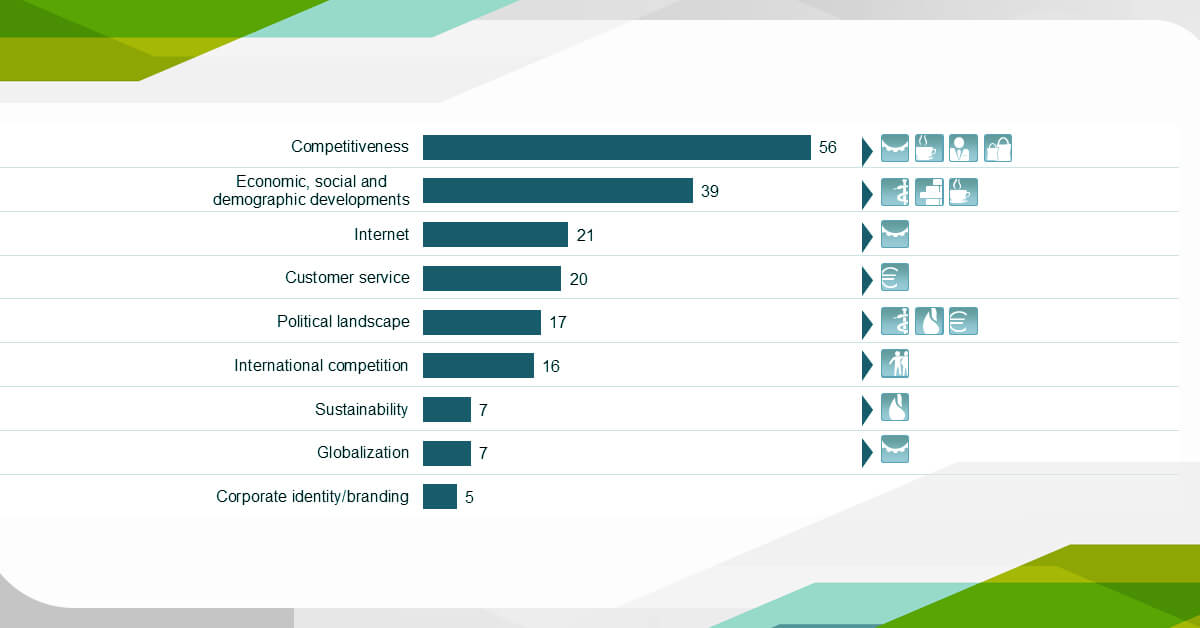
We live in a world that is quite competitive. Your organization will never be left behind if you use a successful analysis of web data. Monitoring to see how your review sites compare to those of your competitors is one approach to keep afloat in a sea of expanding businesses.
How to Extract Information for Sentiment Analysis?
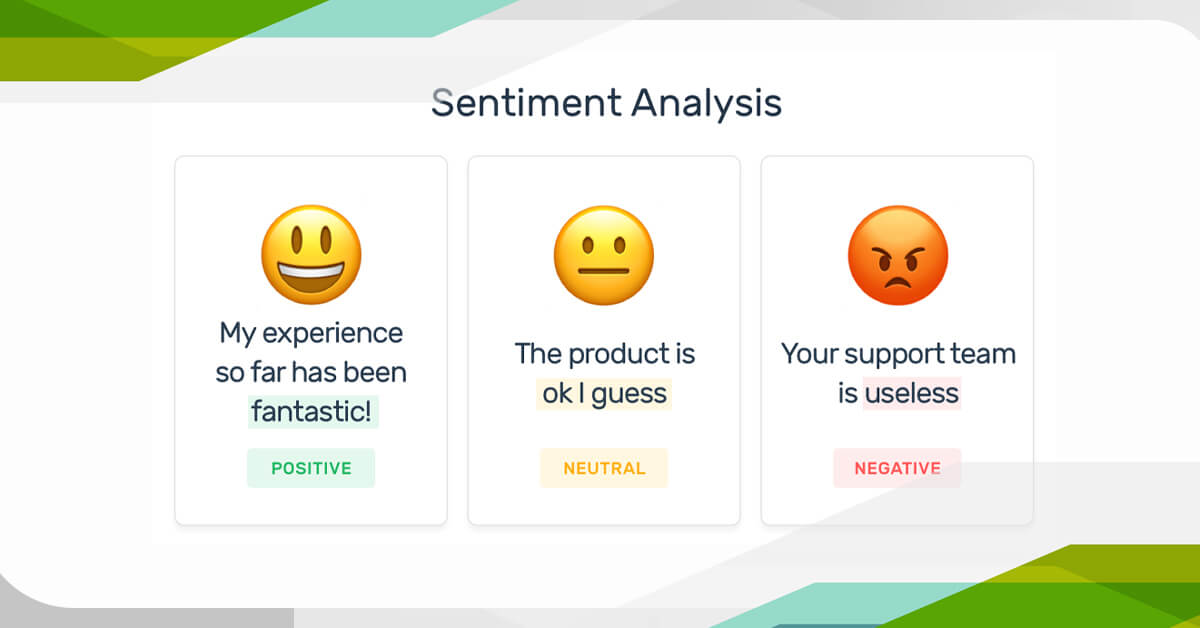
It's a difficult process to read through all of the reviews, comments, and criticism. But what if there was a method to make sentiment analysis even more accessible? This is when data scraping is useful. The automated technique of acquiring vast amounts of information about a specific subject is known as website data scraping. To scrape information for sentiment analysis, all you have to do is tell the scraper to look for the information you require. So, when you want all of the comments left on each version of the same blender, a scraper can sweep through it all, take it, and arrange it into a compact file. The advantage using scraper data on the front end of sentiment analysis is that it saves a researcher a lot of time. Scraping is a logical first step because a scraper doesn't discern emotions in data; it simply collects the data itself.
Which is the Best Scraping Tool for Sentiment Analysis?
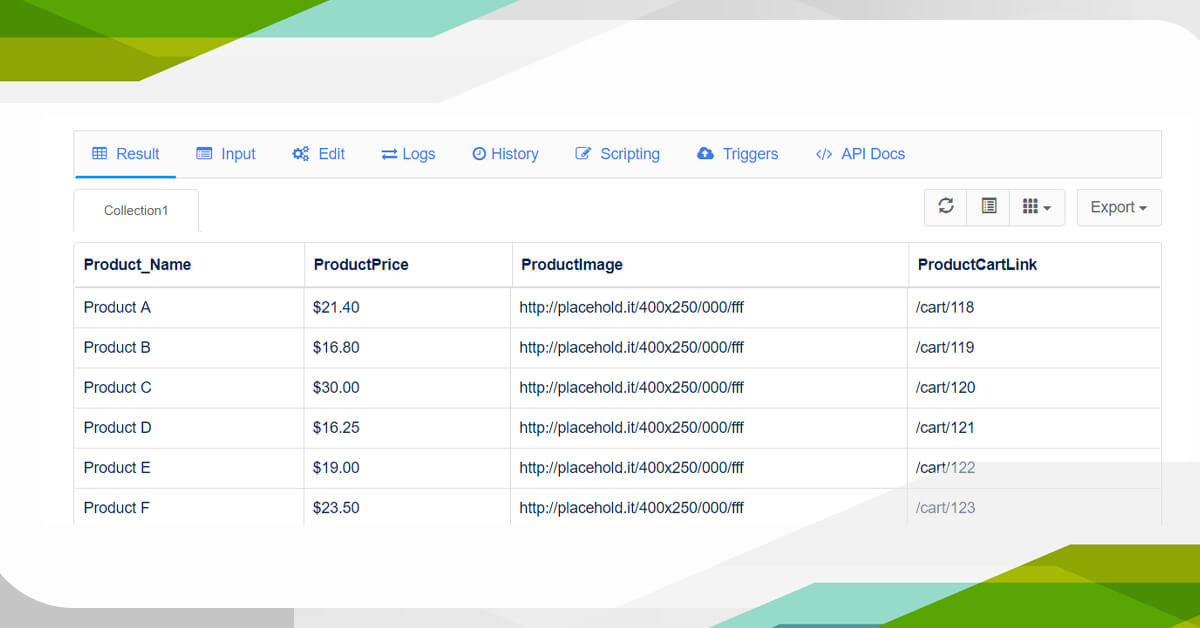
iWeb Scraping is dedicated to providing you with the best scrapers on the market. We offer custom scraping jobs in addition to scrapers developed specifically for social media and HTML. If you have any urgent questions, our care team is available 24 hours a day, 7 days a week. The merger of sentiment analysis and data scraping is a match made in heaven according to iWeb Scraping."
If you are looking to extract data for Sentiment Analysis, you can contact iWeb Scraping and request for a quote!!!
